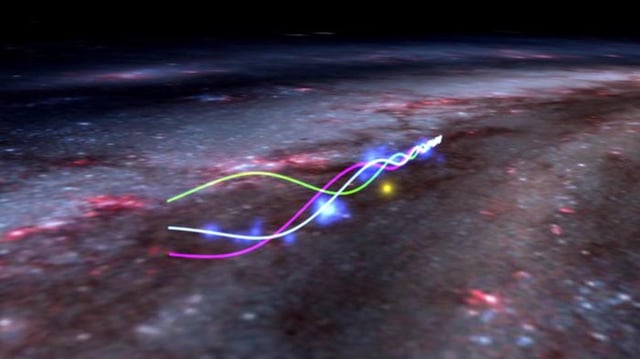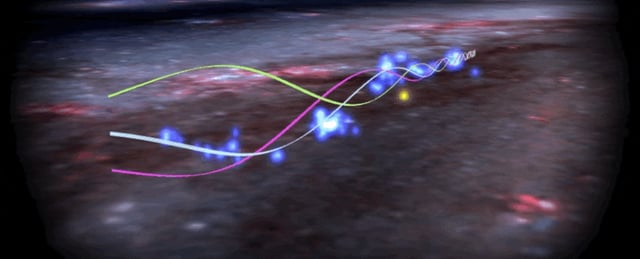Overview
- Astronomers have confirmed that the Radcliffe Wave, a vast chain of gaseous clouds near our solar system, exhibits oscillatory motion.
- The discovery was made possible by analyzing the motion of baby stars born within the wave, using data from the European Space Agency's Gaia mission.
- The Radcliffe Wave stretches over 9,000 light-years and is the largest coherent structure known in our galactic neighborhood.
- No significant dark matter is needed to explain the wave's motion; the gravity of ordinary matter alone suffices.
- The oscillation of the Radcliffe Wave raises questions about the formation of spiral arms in galaxies and their dynamic nature.



